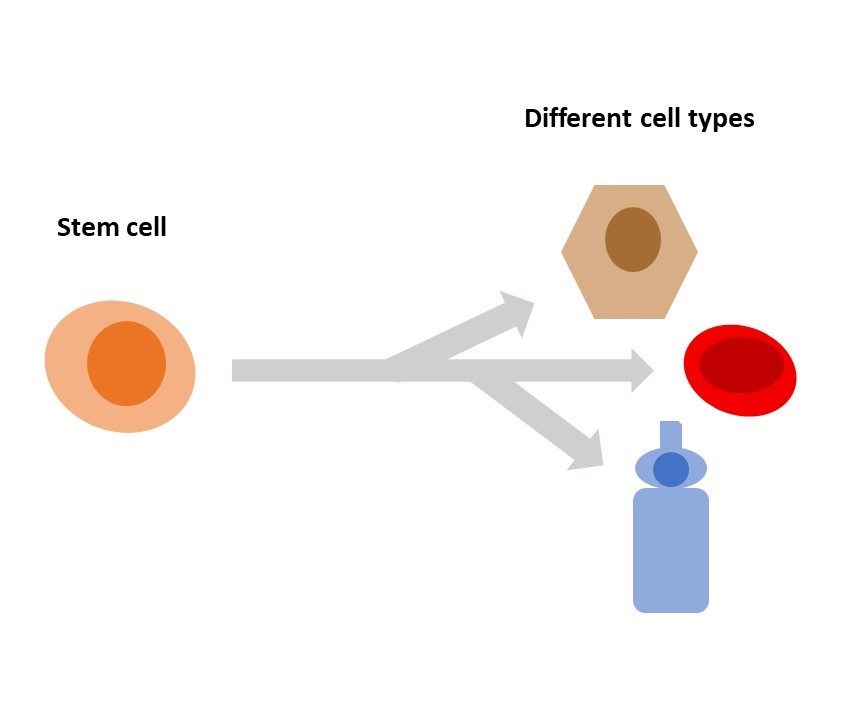
[/image][=video]
[/video]
A lot of websites made use of for bone marrow harvesting are located in the hip bones and the sternum. In recovery, the donor may experience some pain in the locations where the needle was put.

If an autologous transplant is planned, formerly gathered stem cells, from either peripheral (apheresis) or harvest, are counted, evaluated, and ready to infuse. The prep work for a bone marrow transplant differ depending on the kind of transplant, the illness needing transplant, and your tolerance for certain medications. Take into consideration the following: Many usually, high doses of radiation treatment and/or radiation are included in the preparations.
Ablative treatment avoids this procedure of cell production and the marrow ends up being empty. A vacant marrow is needed to make room for the new stem cells to expand and develop a brand-new blood cell production system.
It is not an operation to place the marrow into the bone, however is similar to obtaining a blood transfusion. The stem cells discover their means right into the bone marrow and begin duplicating and expanding brand-new, healthy and balanced blood cells. After the transplant, encouraging treatment is given to prevent and treat infections, adverse effects of therapies, and complications.
Regenerative Therapy
The days prior to transplant are counted as minus days. The day of transplant is taken into consideration day no. Engraftment and recuperation adhering to the transplant are counted as plus days.
The days are phoned number to help the patient and household recognize where they are in regards to dangers and discharge planning. Throughout infusion of bone marrow, the client may experience the following: Discomfort Chills High Temperature Hives Breast discomfort After mixture, the individual may: Spend a number of weeks in the health center Be really at risk to infection Experience excessive blood loss Need blood transfusions Be constrained to a tidy environment Take numerous anti-biotics and other medications Be offered medication to prevent graft-versus-host diseaseif the transplant was allogeneic.
Platelets are generally the last blood cell to recuperate. Engraftment can be postponed since of infection, medications, reduced given away stem cell count, or graft failure.
Prescription antibiotics, antifungal medicines, and antiviral medications are commonly given to attempt to prevent major infection in the immunosuppressed patient. Thrombocytopenia (low platelets) and anemia (reduced red blood cells), as an outcome of a nonfunctioning bone marrow, can be unsafe and also dangerous.
Fluid overload is a complication that can lead to pneumonia, liver damages, and high blood pressure. The major factor for liquid overload is due to the fact that the kidneys can not keep up with the big amount of liquid being provided in the kind of intravenous (IV) medicines, nutrition, and blood items.
Menopause Therapy around Walker

Respiratory system standing is a vital function that may be endangered during transplant. Infection, swelling of the respiratory tract, liquid overload, graft-versus-host disease, and bleeding are all possible deadly complications that might occur in the lungs and lung system. The liver and heart are very important body organs that may be harmed during the transplant process.
Failing of the graft (transplant) holding in the marrow is a potential issue. Graft failure might take place as a result of infection, recurrent disease, or if the stem cell count of the given away marrow wanted to trigger engraftment. Graft-versus-host disease (GVHD) can be a serious and lethal complication of a bone marrow transplant.
Rather than an organ transplant where the client's immune system will try to reject just the transplanted organ, in GVHD the brand-new or hair transplanted body immune system can attack the whole individual and all of his/her organs. This is since the brand-new cells do not identify the tissues and body organs of the recipient's body as self.

One of the most common websites for GVHD are GI system, liver, skin, and lungs. Diagnosis greatly depends on the following: Kind of transplant Type and extent of the condition being treated Condition reaction to treatment Genetics Your age and total health and wellness Your resistance of details medications, treatments, or treatments Extent of difficulties Similar to any kind of treatment, in bone marrow transplant the prognosis and long-lasting survival can differ considerably from individual to person.
Menopause Therapy
Continuous follow-up care is necessary for the patient following a bone marrow transplant. New approaches to improve treatment and to decrease complications and negative effects of a bone marrow transplant are constantly being discovered.
Regenerative medicine therapies can be separated into three classifications: assist in healing by infusing or positioning live cells into the individual. Examples of mobile therapy consist of PRP and stem cell treatments, which can be used to treat tendinopathy and other sporting activities injuries.
Peripheral nerves, for example, include Schwann cells, nerve fibroblasts, and immune cells, each playing a duty in nerve regrowth, as gone over here. Stem cell therapy is one of the most thoroughly looked into and encouraging branches of cell regrowth therapy. Some cells, such as epithelial cells in the skin or the lining of the gastrointestinal tract, have a high turnover turn over price can regenerate quicklyPromptly
Navigation
Latest Posts
Hormone Therapy
Perimenopause Treatment
Menopause Therapy